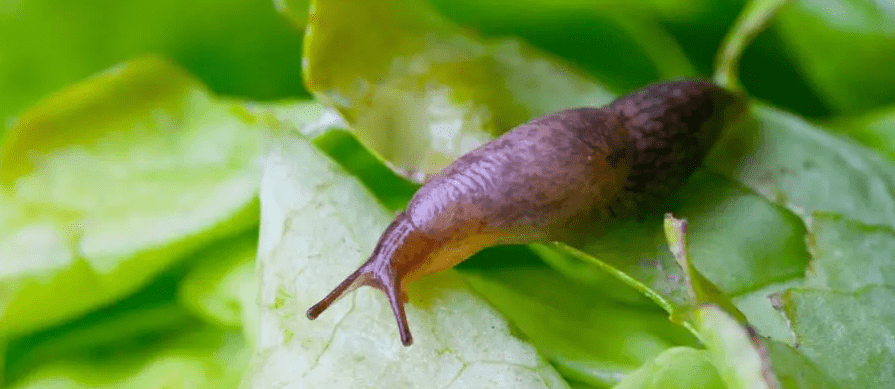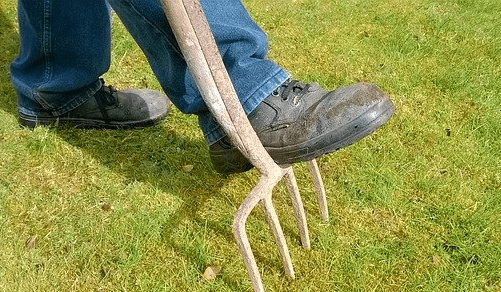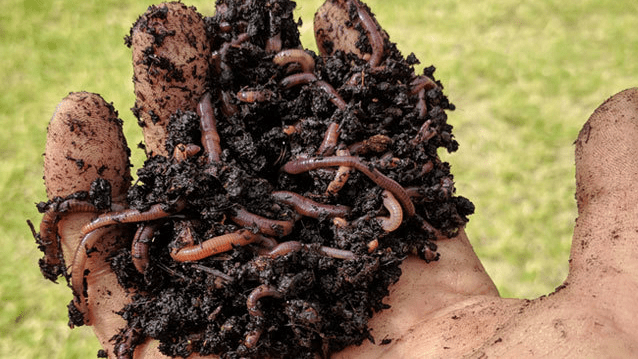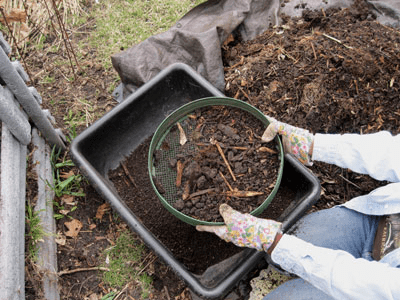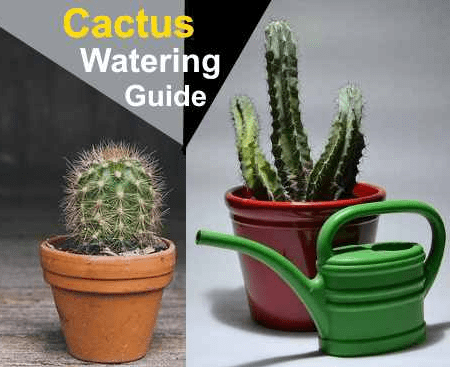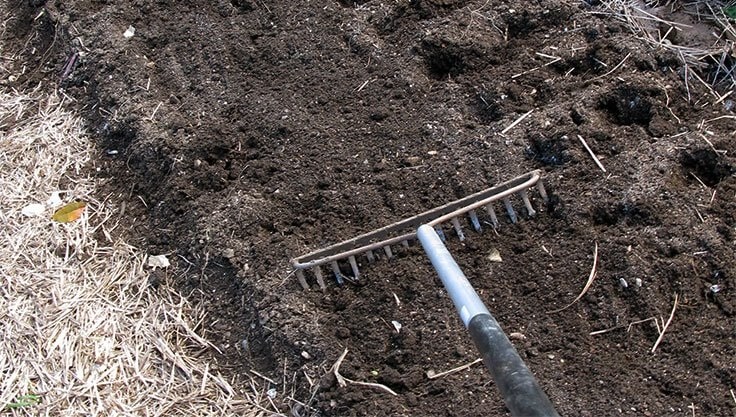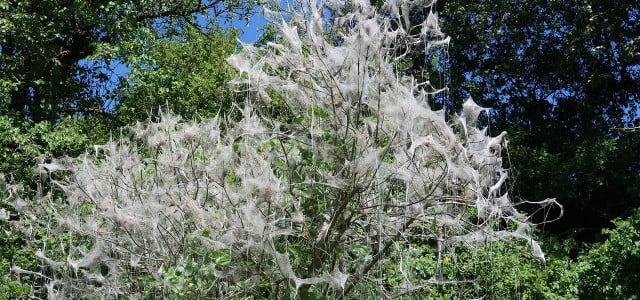
Ermine moths can cover entire trees with their silvery veils. Find out here how you can recognize an infestation and combat it with natural measures.
Ermine moths and their caterpillars usually leave behind bare, brightly shining trees and shrubs. The insects are named after the silvery white webs in which the caterpillars pupate individually or in groups. Depending on the species, the gypsy moths can infest fruit trees, weeping cherries, willows, poplars, hawthorns, and peonies.
Contents
Ermine moths: How to recognize them
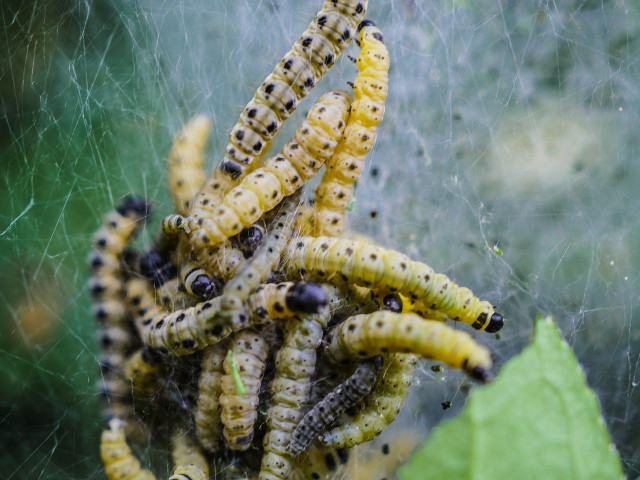
The caterpillars of the gossamer moths feed on the leaves and shoots of the infested plants. (Photo: CC0 / Pixabay / MonikaP)
There are nine species of gossamer moths in Western Europe. The species can be distinguished by their preferred food sources. Apple gypsy moths, for example, like to prey on apple trees, while weeping cherry gypsy moths are especially a problem for weeping cherry trees. However, the species are similar in appearance and behavior, making it easier for you to identify them.
Adult Ermine Moths:
The adult gypsy moth flies from June to August, during which time it lays its eggs in a roof tile-like arrangement on the branches and shoots of affected plants.
The moths are about one centimeter in size and have white-gray wings with small, black spots. The hind wings are gray in color and converge pointedly to form a kind of roof.
ermine Moth Caterpillars:
The eggs of the gossamer moths are protected by a secretion that allows the caterpillars to easily survive the fall and winter.
In spring, the first caterpillars hatch and begin spinning fine, white webs and eating away at the infested plants.
The caterpillars usually have a dark green to brownish body divided into ten segments. Each segment has a black spot on both sides.
The head of the caterpillars is also black. In addition, the animals are sporadically covered with fine hairs.
Recognize an infestation of ermine moths
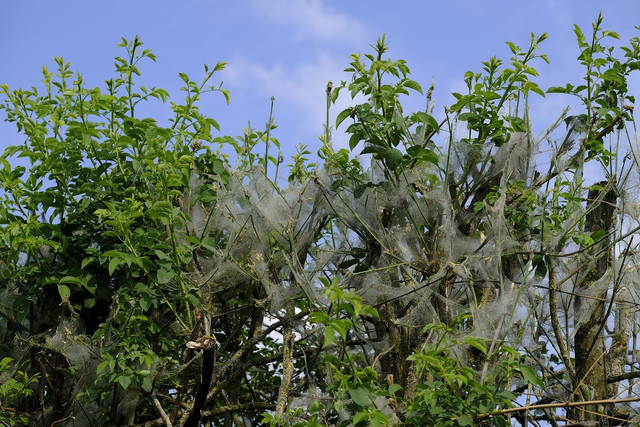
You can tell if your trees are infested with the gossamer moths by the white veils that cover the branches in spring. The veil protects the pests’ caterpillars from predators and weather elements like rain. Underneath, the animals feed until the infested plant is completely bare and covered with the gossamer.
Normally, the trees then recover and sprout again around June 24, known as the St. John’s sprout. Therefore, in most deciduous trees and shrubs it is not necessary to treat the infestation at all. Only in fruit trees can the moths reduce the harvest – you should therefore take action against them early.
Fight ermine moths with natural means
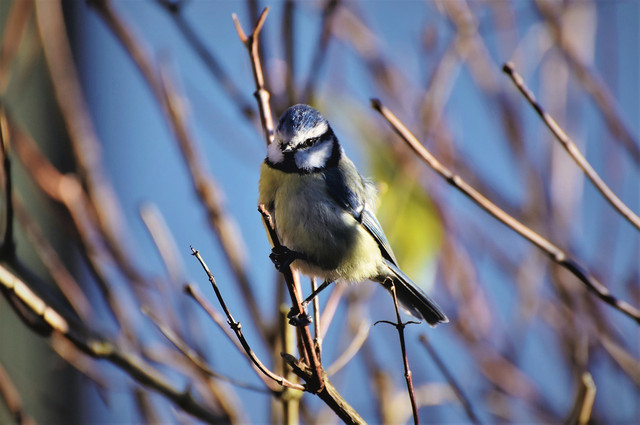
If you want to prevent gypsy moths from eating your orchard or natural garden completely bare, you don’t necessarily have to use products with questionable ingredients. These pose an additional threat to the environment because they also kill beneficial predators. With natural plant protection and the following measures, you will quickly get rid of the webbing moths:
- Remove webs: once the caterpillars have spun their webs, it is difficult to reach them with pesticides. Therefore, you should collect the veils including caterpillars early, cut them away or spray them with a garden hose. To prevent them from climbing back up the tree afterwards, collect them from the ground and release them in a place where they can’t do any damage.
- Cut back trees: After you have collected the webs and caterpillars, you should cut back the infested tree generously. Also make sure that you do not find any more eggs on the branches and shoots. Do not dispose of the pruning waste in the compost, as the caterpillars can spread from there. Better take the cut branches to the waste yard or dispose of them in the household garbage.
- Encourage predators: A naturalistic garden naturally attracts predators of the ermine moth and its caterpillars. These include birds, ichneumon wasps, predatory bugs and many other insects. The more bird-friendly and insect-friendly your garden is, the lower the risk of ermine moths spreading.


